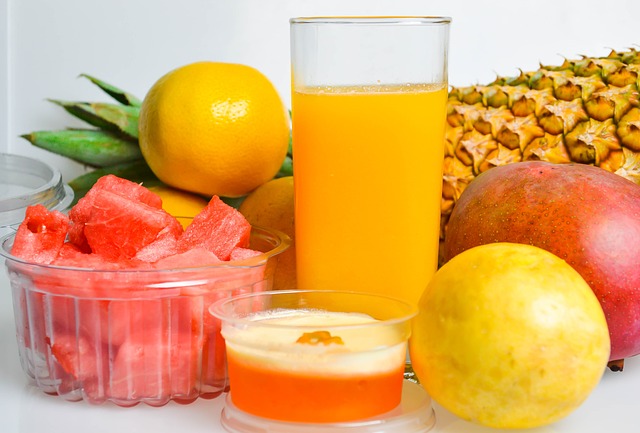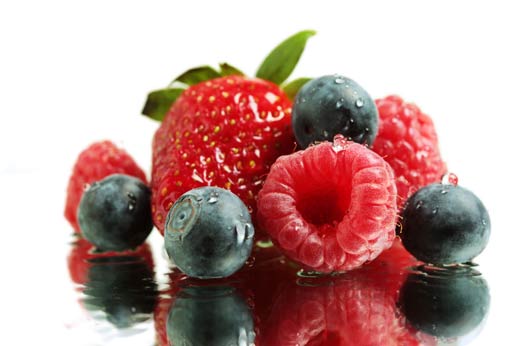Most of us engaged in health professions are already aware that there are lots of dangerous materials like additives, dyes, pesticides and carcinogens in our foods. What many of us are not aware of is that in the containers that our foods come in, especially take out, there are chemicals in the materials that may be even more harmful than the additives, dyes and pesticides.
By now you have probably heard of the dangers of the toxic chemical Bisphenol A (BPA). This chemical can be found in polycarbonate plastic food containers, bottles and takeout food containers. Numerous articles have been written on breast cancer and prostate cancer that result from exposure to the BPA contained in packaging and containers that carry food stuffs.
Recent, important environmental health study findings pertinent to health coach certification were published in March in the online journal Environmental Health Perspectives. A study was conducted by two organizations concerned with the environmental causes of breast cancer, the Breast Cancer Fund and Silent Spring Institute. The study was on the dangers of BPA.
The organizations identified and followed five (5) families who frequently used packaged food and drinks which were made for microwave preparation. The BPA levels of these families, which both consisted of a mother, father and two children, were measured and recorded.
 Then, these same families ate fresh, organic food cooked only in glass or stainless steel containers. The immediate results on the level of BPA in their bodies with the packaged food and fresh food was measured via urine collection, at varied intervals of the testing.
Then, these same families ate fresh, organic food cooked only in glass or stainless steel containers. The immediate results on the level of BPA in their bodies with the packaged food and fresh food was measured via urine collection, at varied intervals of the testing.
The outcomes were significant with all participants having lowered BPA levels in 72 hour period after the BPA rich packaging was exchanged with glass and stainless steel containers. The average decrease in the BPA was approximately 60%.
The study demonstrated that as quickly as six (6) hours after exposure, half the BPA is eliminated through the urine. However, if the prior use of the BPA rich packaging is resumed, the BPA levels demonstrate a return to the pre-intervention level on urine analysis. When the families resumed their normal diets, their BPA levels returned to pre-intervention levels by the next urine sample.
What is important about this study is that it demonstrates that we can easily reduce the levels of BPA our bodies are exposed to by eliminating the use of the packaging it is found in and by cooking and preparing our foods more naturally. It is important not to use these BPA rich containers to microwave in as this increases the amount of BPA exposure.
Using glass or ceramic containers in the microwave is healthier and most importantly, they contain no BPA. By also avoiding canned foods (unless the cans are BPA free) you will cut down on this dangerous exposure for both you and your family.
For more whole health discussions like this, listen to my radio show Living Above The Drama.





 > Clams – 31 mg.
> Clams – 31 mg.




